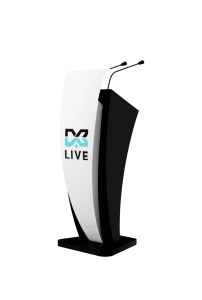Measuring The Success Of Your Asset Management Program

Asset management is the process of strategically managing an organization’s assets to achieve its goals and objectives. It involves the planning, acquisition, deployment, maintenance, and disposal of assets in a cost-effective manner. If you run an asset management company in UAE, here’s a detailed exploration of key metrics and factors to consider when measuring the success of your asset management program:
Key performance indicators (KPIs) for asset management:
Identifying and tracking KPIs is essential for evaluating the effectiveness of your asset management strategy. These metrics can include:
- Asset utilization: Measure how effectively assets are being utilized to achieve operational goals. High utilization rates indicate efficient resource allocation.
- Maintenance costs: Analyze the costs associated with asset maintenance and repairs. Lower costs can indicate effective preventive maintenance practices.
- Downtime: Track the frequency and duration of asset downtime. Reduced downtime suggests improved asset reliability and performance.
- Return on assets (ROA): Calculate the financial return generated by assets relative to their value. A higher ROA indicates better asset performance and profitability.
Compliance and risk management:
Evaluate how well your asset management program adheres to regulatory requirements and mitigates risks. Compliance audits and risk assessments can provide insights into:
- Regulatory compliance: Ensure assets meet industry standards and regulatory obligations. Non-compliance can lead to penalties and operational disruptions.
- Risk mitigation: Assess how effectively risks related to asset failure, safety, and environmental impact are managed. Effective risk mitigation strategies improve asset reliability and safety.
Operational efficiency and productivity:
Measure the impact of asset management on overall operational efficiency and workforce productivity. Factors to consider include:
- Asset performance: Monitor metrics such as mean time between failures (MTBF) and mean time to repair (MTTR) to gauge asset reliability and maintenance efficiency.
- Workforce productivity: Analyze how asset management practices influence workforce productivity and job satisfaction. Efficient asset management reduces downtime and improves operational workflows.
Effectively measuring the success of your asset management program involves an inclusive evaluation of KPIs, compliance, operational efficiency, customer satisfaction, and continuous improvement efforts. By utilizing these metrics and insights, businesses can optimize asset utilization, mitigate risks, and drive sustainable growth and profitability.




